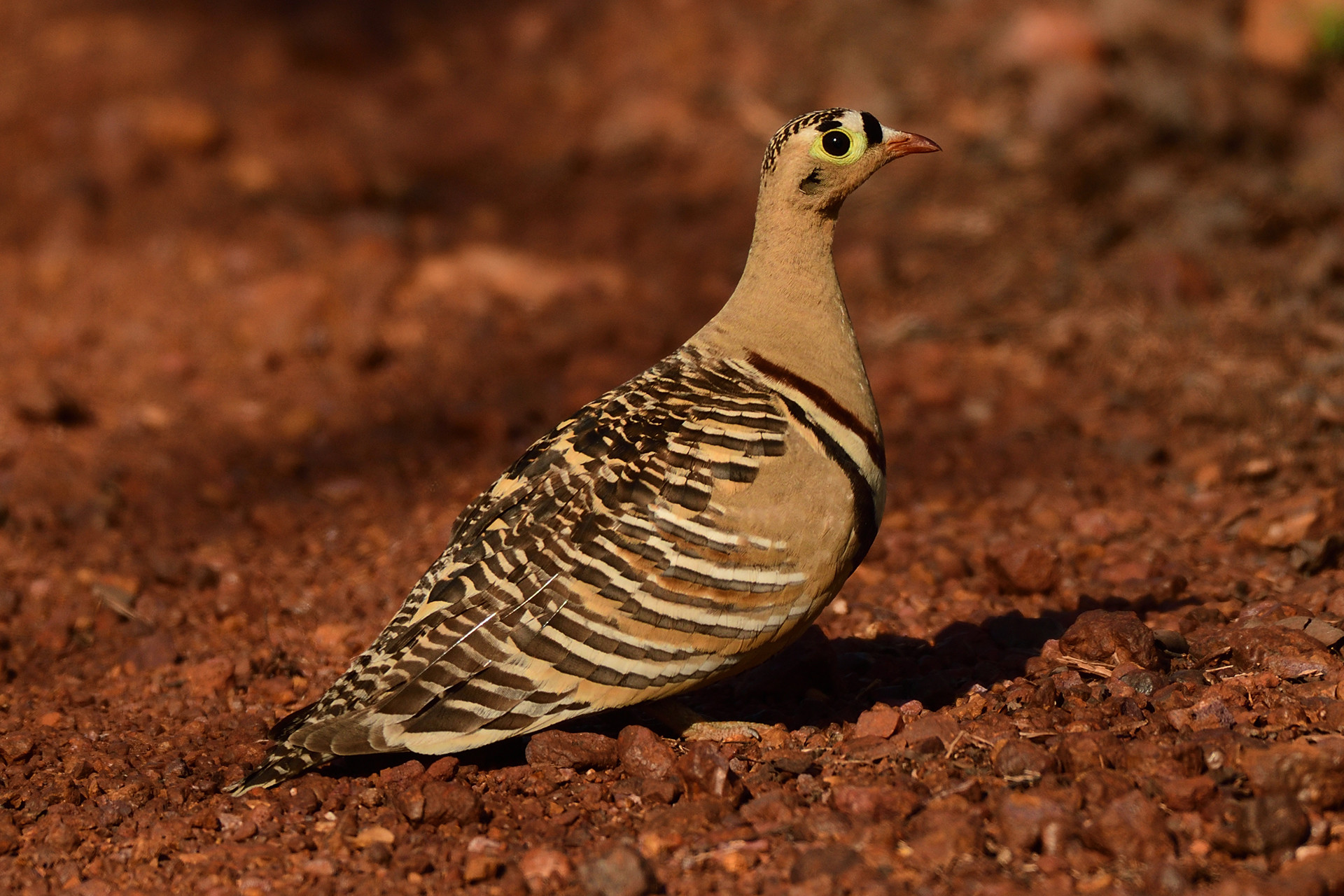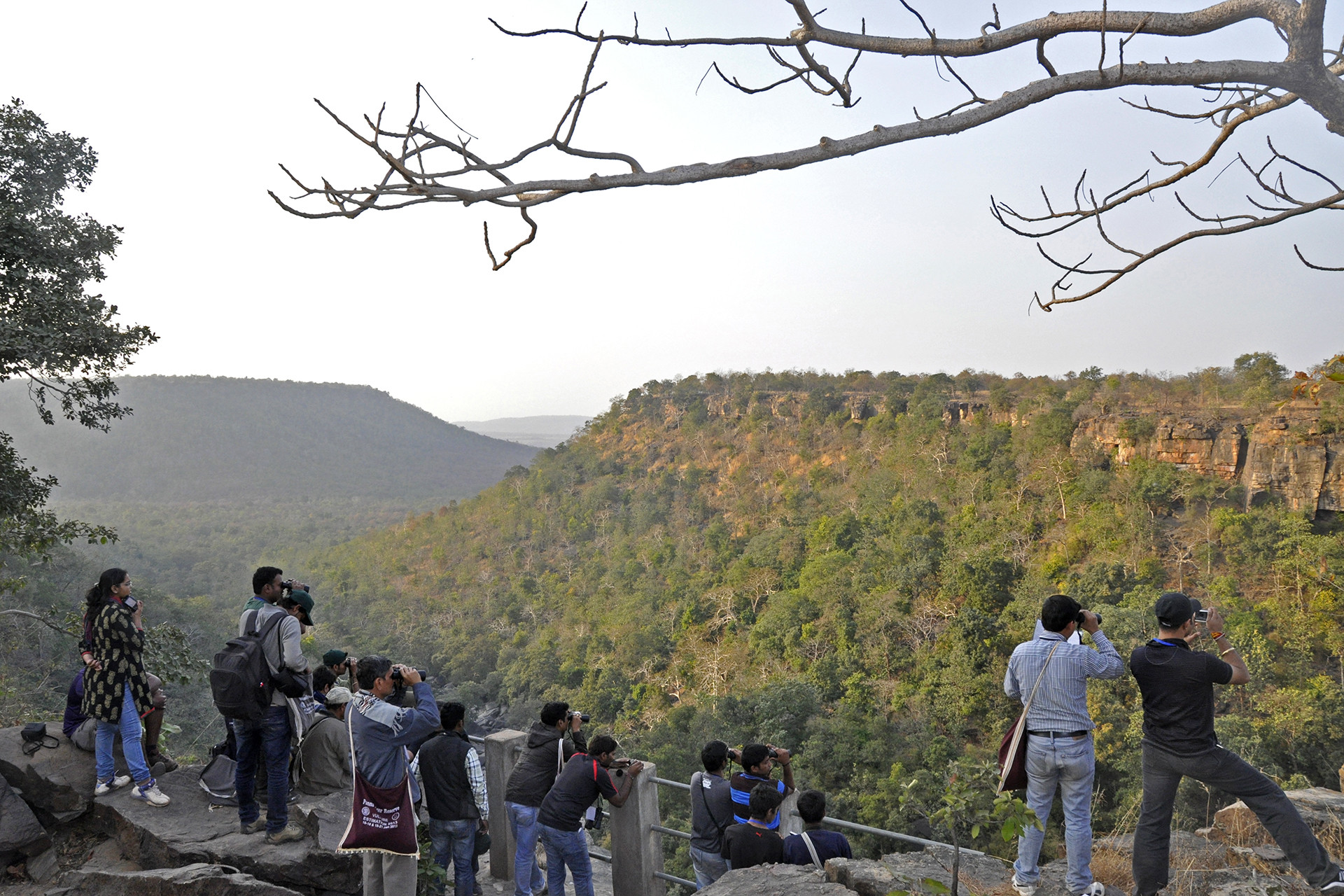As we all know, birds fulfill key ecological functions such as seed-dispersing, pollination, scavenging and more. They are also sensitive indicators of biological richness and environmental trends and contribute to our understanding of natural processes. Knowing about birds, documenting their presence/absence and understanding their distribution is key for their conservation.
Earlier, not much was known about bird diversity in many parts of the country. But of late, a lot more people have started pursuing bird watching as their hobby and passion, and they are even travelling to far off places to do it. Courtesy of the many citizen science initiatives, birdwatchers have also started to contribute to the documentation of birds, leading to data collection of avian abundance and seasonality.
The state of Madhya Pradesh (MP) is renowned for its mammalian biodiversity, but it is also home to a variety of bird species. Over 400 species of birds are known to be found here, however, it is likely that several species are still undocumented. Also, there is not much information on the distribution and abundance of avian life found here – information that would be useful to act as a baseline for monitoring the status of birds and to ensure their conservation over time, and also in developing bird tourism.
Recently, there has been a series of bird surveys organised by the MP Forest Department to know the avifauna diversity present in the different wildlife sanctuaries, tiger reserves and national parks. And, the department has sought the active support of expert bird watchers and NGOs who have helped them in executing these surveys.
As a coordinator and active participant of most of these surveys, I have seen that this exercise has resulted in the collection of much-needed data on the avifauna in these protected areas.
The pilot effort in Panna
The MP Forest Department has adopted an approach of inviting birders from across the country to help them collect data. This way they can conduct the bird estimation survey within a short period and at the same time, the bird watchers also learn about the diversity of avifauna found in the area.
The protected areas that are covered in such surveys are Panna Tiger Reserve, Kanha Tiger Reserve, Satpura Tiger Reserve, Bandhavgarh Tiger Reserve, Kuno National Park, Chambal National Sanctuary, Gandhisagar Wildlife Sanctuary, Kheoni Wildlife Sanctuary and Nauradehi Wildlife Sanctuary. At many of these places, bird surveys are organised more than once to collect long term data so that one can analyse the trends in more detail.
The survey conducted at the Panna Tiger Reserve was specific to the estimation of vultures and was carried out during the period from 2010 to 2015. It was the vulture estimation survey in the Panna Tiger Reserve that laid the path for the participation of birders in such surveys and the belief that it can benefit the estimation process. The management decided to tap the knowledge of birders and vulture experts outside the department to help with the survey. It was so successful that it became an annual event for the next couple of years. The credit for this goes to the Retd. APCCF Mr R.S. Murthy, whose efforts were further continued in the able guidance of Mr B.S. Annigeri, APCCF, who has initiated many bird surveys in his areas of jurisdiction.
The data taken over five years revealed that Panna is a good habitat for all vulture species, with a stable count and successfully breeding to note. Since many of these vulture species are critically endangered, counting their numbers over a longer period has also helped in knowing that there is no immediate threat to their existence.
Win-win for everyone
The initiative was then later replicated at many other protected areas. Besides learning more about the avifauna in their parks, the staff also found the interaction with birders from outside immensely enriching. It was a win-win situation for everybody.
For participants, it presented an opportunity to stay inside a core forest area which would otherwise not be possible unless you are a researcher or a member of the forest staff. Students of MSc. and BSc. from forestry colleges are regular attendees of such surveys and are hugely benefited by it. Certificates are also provided to all the participants on the completion of the survey.
At the same time, it has also helped in the promotion of the lesser-known sanctuaries in the public domain. Since participants arrive from all over the country, they come to know of the vast wilderness of MP and the hidden treasures (in the form of flora and fauna) that are found in these lesser-known wildlife sanctuaries.
Generally, the surveys are designed with the help of volunteers and experienced birders who have knowledge of the region and can coordinate the entire activity. They also help in collating the data and in analysing and preparing a brief report on the findings. The management of the park thus gets a robust report on which they can shape their management plans for the future. This is an excellent example of citizen science where the common person is directly contributing to science.
What is the role of birders?
The process for selection is simple. The information about bird estimation is circulated freely through social media and those interested must apply in a prescribed form to the forest department in a stipulated timeframe. Once selected, the department sends them a confirmation mail and asks for a written confirmation. The forest department further provides the pickup, lodging and food to the participants for the period of the survey. The participants though need to bear the cost of travel to and from the park.
Before arriving for the survey, the participants are told about the general rules and regulations, and information about what all they need to carry for a successful survey – a field guide, a pair of binoculars, water bottles, power banks and a torch.
Upon the arrival at the base camp, the participants are briefed about the topography of the area, the do’s and don’ts they need to follow, and later they are divided into different teams with one senior birder in each team who holds the responsibility for collecting the data.
Each team is assigned a forest personal known to that area. The teams then depart to their respective camping locations and must do the birding on predefined survey routes/paths told to them. These survey routes are formed so that all the important birding spots such as waterbodies, grasslands and forest patches are covered, and it ensures that maximum area gets covered.
The eBird app is used for collecting data so that it is in electronic form and can be analysed at a faster pace. In most of these surveys, a senior ornithologist is invited to deliver a talk about bird behaviour, collection of data etc., and it is very well-received and participants hugely benefit from it. The forest department staff are also benefited by the lectures on bird rescue and rehabilitation.
How are the surveys conducted?
Each camp location may have one to two teams, while each team may have two to three members, apart from the forest guard. Every team is expected to do six to seven hours of birding and are required to walk approx. 8-10 km in a day.
During the survey, the list of birds is made offline on the eBird app, since mobile network is not available in most places. At the end of the survey, all the eBird checklists are shared with a single group account.
The team must record as many species as possible, but what is more important is to record only those birds whose identification one is sure of. Birders are also encouraged to record bird calls, as sometimes it can be very helpful in identifying bird species. On the last day, participants have to submit all the pictures they have clicked to the forest department. The team leaders have the responsibility to submit the completed checklists on eBird.
Once the survey is conducted and the checklists are submitted, the department takes the help of senior birders in examining the data and then a report is generated based on it. The report would contain information regarding the total bird species, how many of them are migratory and how many are resident species. Information regarding endemicity can also be known from this.
Madhya Pradesh is a stronghold of many critically endangered species of vultures, the endangered Lesser Florican, Black-bellied Tern, Forest Owlet and other vulnerable species like the Indian Skimmer, Sarus Crane etc. Effective conservation planning can only be done based on a sound knowledge of the species, sites, and habitats that need protection. Despite birds being one of the most widely distributed living organisms, there are still substantial gaps in our knowledge of their distribution, abundance, and seasonality. These surveys are providing much-required know-how about the avifauna of the region so that necessary conservation actions can be implemented. This willingness to open restricted forest areas to the public by some of the senior forest officers in MP has paved a path of enrichment for one and all involved in these surveys, and I hope it will pay rich dividends in the future.
Ajay Gadikar, who is an eBird reviewer for Madhya Pradesh, shoulders the responsibility for coordinating the bird estimation surveys – starting with planning with the forest officials, conducting senior ornithologist lectures, teaching how and why to use the eBird app, and more importantly, collating the findings of the survey and drafting the reports.







